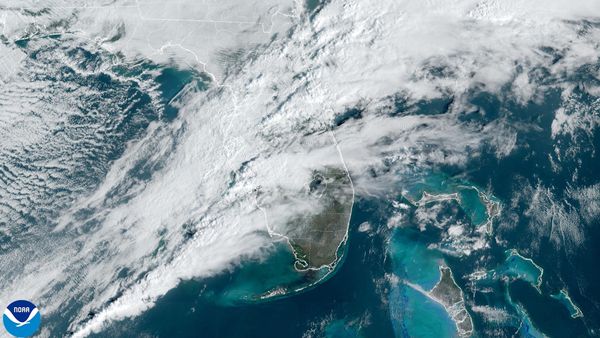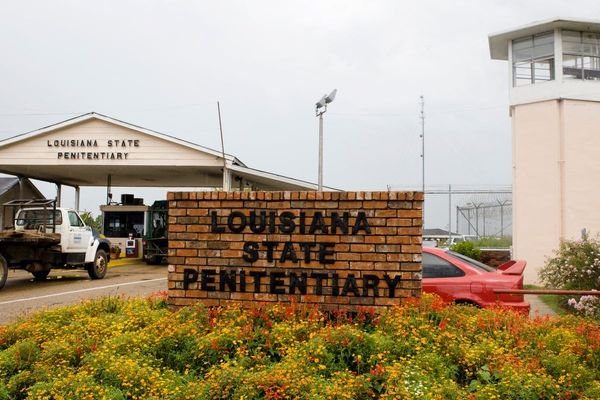With the Federal Reserve boosting its benchmark federal funds rate by 0.75% in June and July, and with no sign of letting up on rate hikes, prices have gone up for a wide variety of goods and services.
Make no mistake, U.S. consumers have noticed and are using all available financial tools to level the playing field.
Take “buy now, pay later” purchase plans, which have bubbled up to the retail shopping surface in 2022.
BNPL options are especially popular with digital shoppers, who only make a modest initial payment up front and pay the remaining balance on scheduled due dates spelled out during the buying process. Currently, stand-alone BNPL mobile apps like Klarna, Afterpay, and Affirm have made it easy to access BNPL services.
Shoppers like “buy now, pay later” plans because they help them tamp down large debt obligations while still handling everyday household bills and expenses.
According to a May, 2022 survey by Forbes Advisor, 59% of Americans have either used a BNPL payment plan or plan to do so by the holiday shopping season.
A separate study by AC Cutts & Associates notes that 36.9% of BNPL consumers use the payment option strictly to avoid paying credit card interest rates.
An 'Opening' for BNPL Shoppers
That’s no surprise for retail sector experts, who see an opening for BNPL consumers going forward.
“In the last few months, we have seen a pattern of payment trends that rival what we saw during previous recessions: a spike in credit card usage as consumers look to cover additional costs during this period of high inflation rates,” said Vanni Parmeggiani, director of open banking and real-time payments at GoCardless, a payments services provider.
Given the recent Federal Reserve interest rate hikes, which should substantially impact credit card interest rates, Parmeggiani said consumers will increasingly turn to buy now, pay later purchase models “as their preferred payment method whenever they need credit, given BNPL does not charge consumers interest.”
That scenario won’t just boost the use of BNPL’s, it will also accelerate the already high use of bank debit cards, as consumers look to cut costs and better manage their finances. Not having to pay interest will make that process easier.
“Just as we saw in 2008, consumers will begin to lean toward debit as their primary form of payment, thus signaling the continuous shift in the United States from credit cards to bank debit cards,” Parmeggiani said.
Risks in Overusing BNPL’s
Consumer debt is rising across the board right now, but “buy now pay later” is gaining popularity anyway, especially with younger consumers.
“Generations Y and Z love instant gratification,” said Bob Bilbruck, chief executive officer at Captjur, a business aggregation firm based in Los Angeles, Cal. “This model allows them to have things now that they want and draw out the payment for those items over time.”
Retailers and service providers see an advantage in BNPL’s, too.
“With supply chains a challenge for consumers right now, BNPL makes a lot of sense,” Bilbruck said. “Instead of slashing margins and selling out goods completely, stores are just elongating the payment process and getting the same margin and prices for the goods without having to drop pricing.”
Consumers who do use “buy now, pay later” should watch out for some troublesome trap doors.
One problem is the late payment fees, which can amount to 25% of the total purchase fees. “With any BNPL, you don’t want to be tardy,” said Howard Dvorkin, chairman of Debt.com. “That will eat up any savings.”
Another issue - knowing what type of credit checks the servicer uses when you buy their goods. “BNPL’s can potentially impact your credit rating,” said Chris Motola, financial analyst at MerchantMaverick.com.
Credit Card Companies Look to Partner with BNPL’s
Credit card companies aren’t in the dark on BNPL’s -- far from it. That could spur shoppers to spend more money, financial experts say.
“Stand-alone BNPL mobile apps like Klarna and Afterpay have become wildly successful – and credit card issuers like Chase, Citi, and AmEx have taken notice,” Dvorkin said. “Credit card carriers crave some of those profits.”
“Consequently, consumers can now get a BNPL baked into their plastic, with the help of the major card carriers,” he added.







